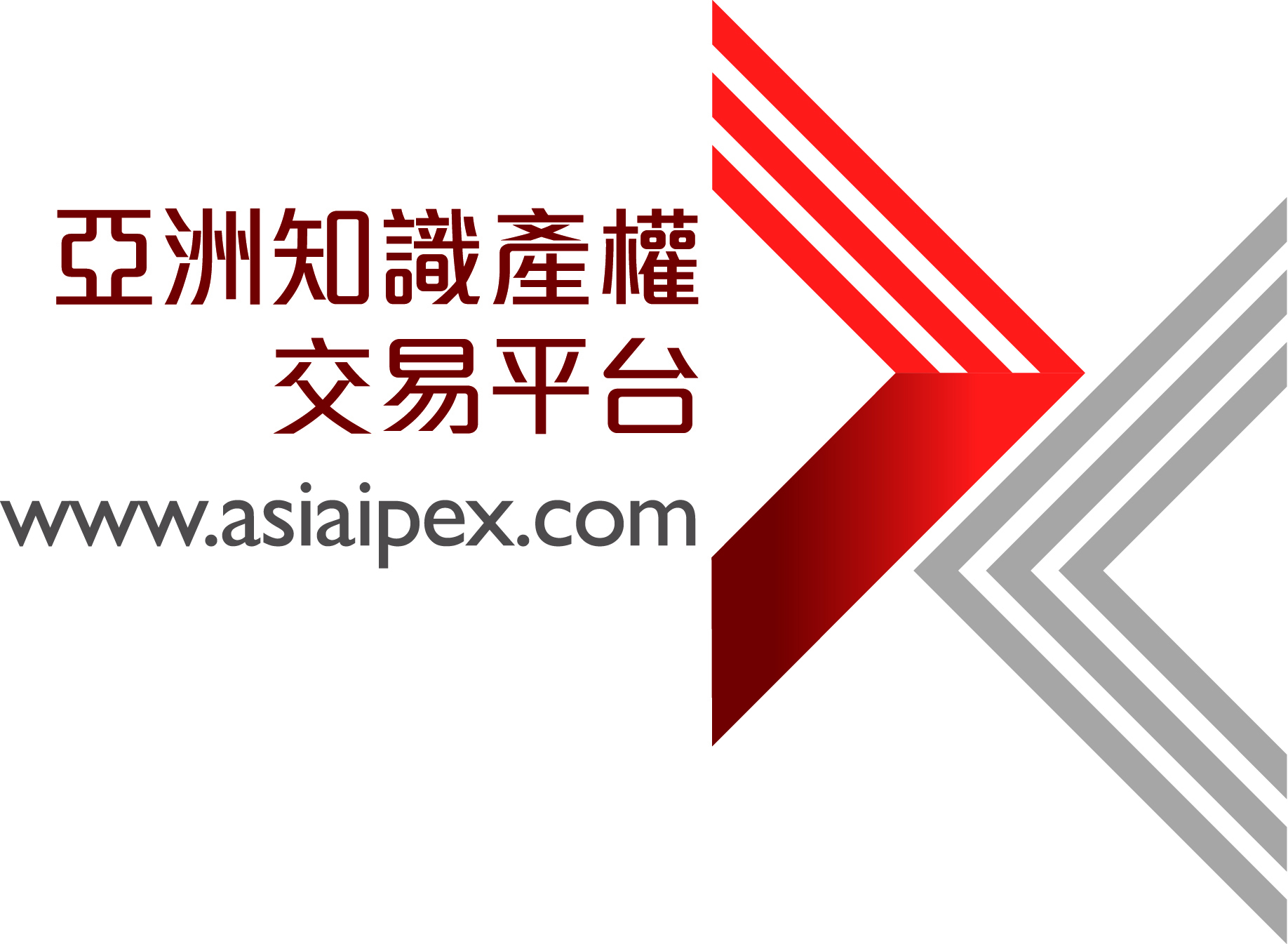Perfusable Scale-up Hybrid Tissue Fabrication
Researchers at the University of Iowa have developed the technologythat enables fabrication of scale-up perfusable tissues and organs using anautomated process through 3D printing. The invented novel biofabricationprocess achieves 3D tissue and organ fabrication by assembling mini-tissue strandswith printable vasculature through the use of a multi-arm bioprinter (MABP).The MABP facilitates in tandem printing of the cell aggregate strands withvasculature to provide media fusion. Upon assembly, cell aggregate standsquickly fuse each other and the vasculature, and mature in less than a week. Thecell aggregate strands are fabricated using a microfluidic-based approach,which is practical and enables generation of cell aggregate strands with definedgeometric, mechanical, and biological properties. In addition, they can beeasily transferred to a bioprinter unit that allows direct printing without anybiopolymer scaffolding. This technology will be required for the long termsurvival of any tissue over 1 cm thick, because that tissue will require theaddition of a vascular network to facilitate media exchange.
美国


